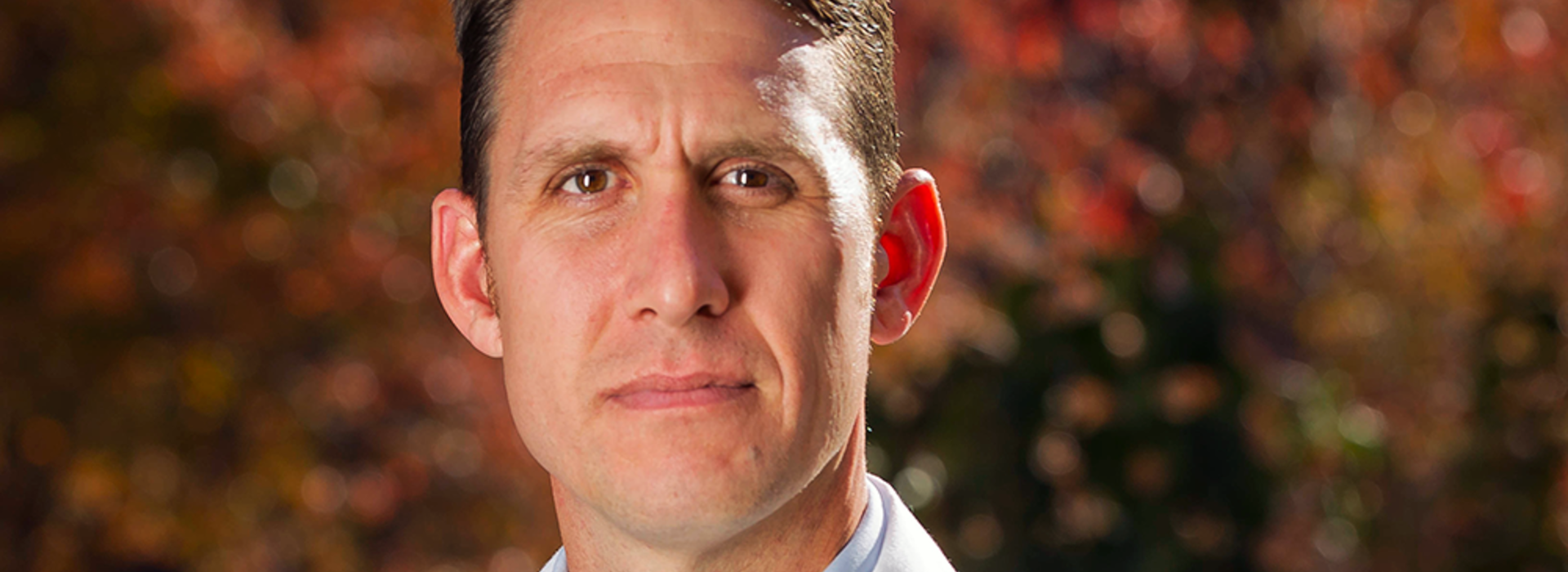
Researchers Study New, Faster Test to Detect COVID-19 Strains
Testing has now become a salient aspect to every state’s strategic response. Minnesota Gov. Tim Walz previously set a goal of 20,000 diagnostic and 15,000 antibody tests per day, and the University of Minnesota Medical School is working to deliver results.
One such example is led by Mark Osborn, PhD, assistant professor in the Department of Pediatrics. Dr. Osborn and colleagues are working to develop a faster diagnostic test for COVID-19 that does not require specialized reagents or infrastructure and may help detect different strains of COVID-19.
“The test is being refined under laboratory conditions in order to detect COVID-19 as well as to differentiate between COVID-19 subtypes and strains that may show differential rates or severity of infection,” Dr. Osborn said.
Differentiating between subtypes of COVID-19 allows healthcare workers to identify patients who may require more intensive monitoring or treatment. Further, such knowledge will inform epidemiologists and policy makers to better define best practices for contact tracing and “stay-at-home” directives.
Dr. Osborn’s assay (a testing procedure) could augment current testing strategies as it requires no specialized equipment, infrastructure or training, making it extremely feasible to conduct in field-base settings. It is intended to differentiate down to the single nucleic acid level. The test begins with a nasal swab or saliva and the nucleic acid is isolated within a matter of minutes. Since COVID-19 is an RNA virus, the RNA is then converted to DNA, which takes less than an hour. It, then, undergoes rapid DNA amplification, and COVID-19 sequences are labeled for detection on a lateral flow device (similar to a pregnancy test).
Testing methods are still being refined, so patient samples will be needed to validate the tests’ efficacy. Dr. Osborn hopes to begin validation studies in approximately three to four weeks.
This testing initiative was made possible through a CO:VID Grant, an initiative that has allowed researchers at the U of M to be nimble and quickly adapt their work to meet the demands of the pandemic.
“In this manner, as well as the possibility of both detecting and classifying COVID-19, this test represents a powerful tool in the U of M arsenal for COVID-19 testing,” Dr. Osborn said. “As a land-grant university, it is a duty and an honor to perform this work, aided tremendously by the leadership of President Gabel and Dean Tolar, that we hope will aid our fellow citizens.”